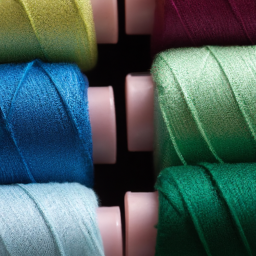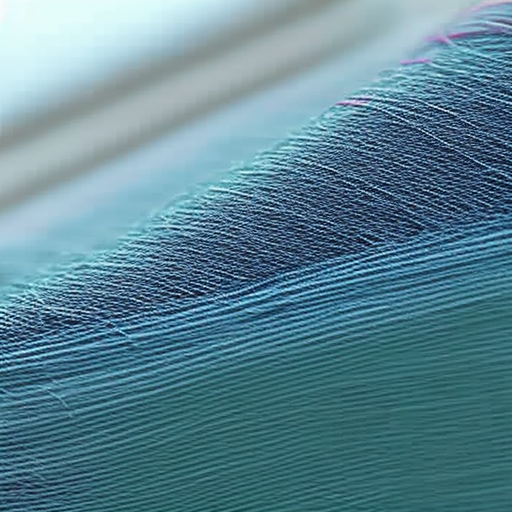

When it comes to creating a high-quality t-shirt, various factors come into play. While the fabric and stitching are crucial, an often overlooked component is the sewing thread used. The right sewing thread not only enhances the overall durability and visual appeal of the t-shirt but also ensures long-lasting wearability.
Choosing the correct sewing thread for t-shirts requires considering important factors such as fabric type, weight, and the intended usage of the garment. Different seams on a t-shirt have different requirements, whether it’s a shoulder seam, sleeve hem, or side seam. Here’s a guide to help you understand sewing thread consumption for t-shirts:
Factors to Consider
- Fabric Type: The type of fabric plays a significant role in determining the appropriate sewing thread. For cotton t-shirts, a 100% polyester thread with high tensile strength is recommended, as it offers excellent resistance to wear and tear.
- Fabric Weight: Lightweight fabrics, such as jersey or bamboo, require a thinner sewing thread, whereas heavyweight fabrics like denim or duck cloth necessitate a thicker and more robust thread for optimal durability.
- Garment Usage: Determine the garment’s intended usage to select the appropriate sewing thread. If the t-shirt is for casual wear, a medium-duty thread will suffice. However, for sportswear, where the t-shirt might be subjected to intense movements or stretching, a heavy-duty thread is advisable.
Calculating Thread Consumption
Calculating the required sewing thread consumption for t-shirts is essential to ensure cost-effectiveness and prevent wastage. It also helps in determining the estimated quantity of thread needed for production purposes.
Thread consumption primarily depends on the length of seams. Here are a few formulae to estimate the sewing thread required:
For Regular Stitch Length:
Total sewing thread consumption (in meters) = (Length of seam in cm x Stitch count) ÷ (GSM of fabric x Stitch length)
For Coverstitch:
Total sewing thread consumption (in meters) = (Length of seam in cm x Stitch count) ÷ (GSM of fabric x Coverstitch width x Number of needle threads)
Ensure to add a buffer percentage to the calculated value to allow for errors, knotting, and securing ends.
Conclusion
Choosing the right sewing thread and accurately calculating thread consumption are vital steps in producing high-quality t-shirts. By understanding the fabric type and weight, along with the intended usage of the garment, manufacturers can ensure optimal durability and longevity. With proper care and attention to detail, the perfect stitching thread will contribute to the overall comfort, strength, and aesthetics of the t-shirt.





Great info!
This is a really useful article, especially for those looking for an estimate on thread consumption. It’s great to have a range to give a better understanding of what to expect when sewing a T-shirt.
Positively brilliant!
Yes, what a great resource for anyone looking to sew a T-shirt! This post should be incredibly helpful for those unable to gauge the amount of thread they will need.